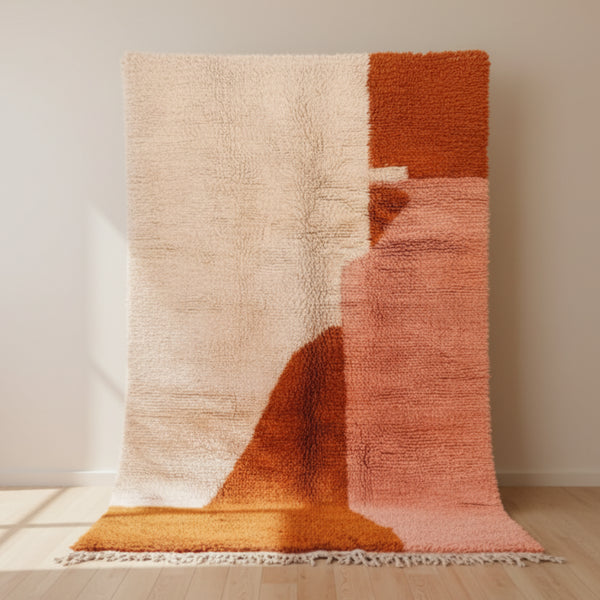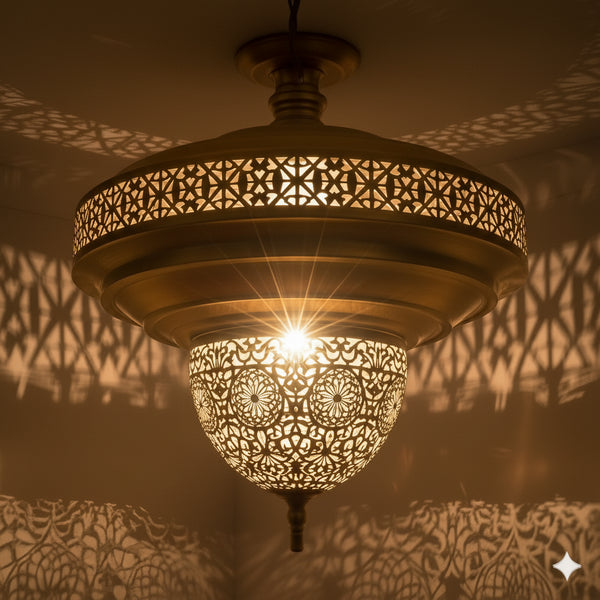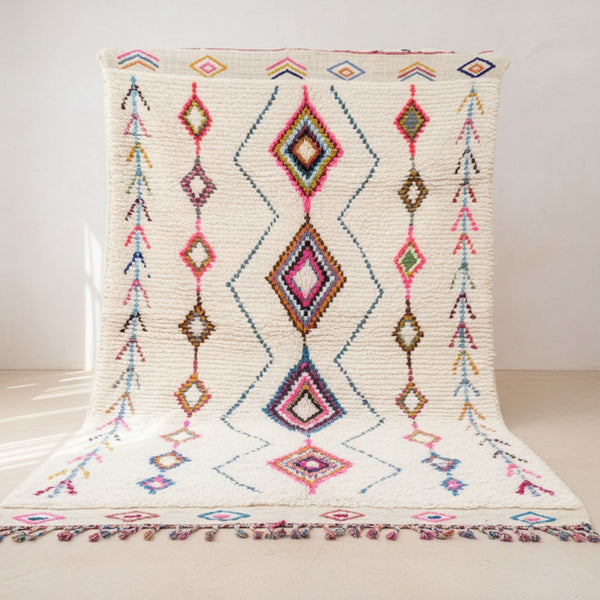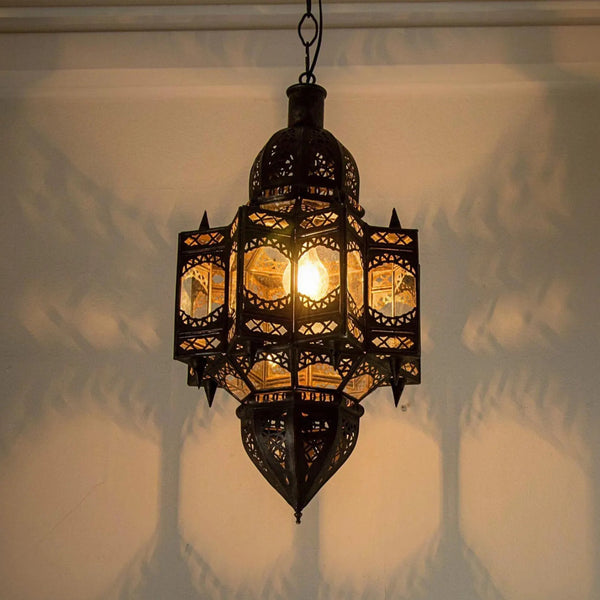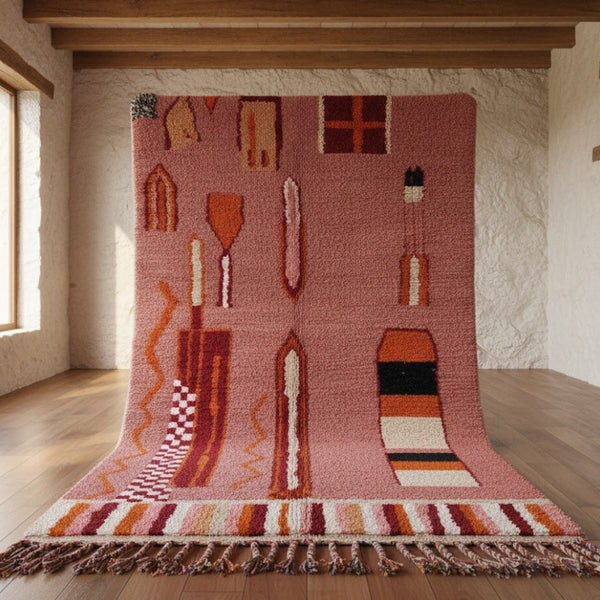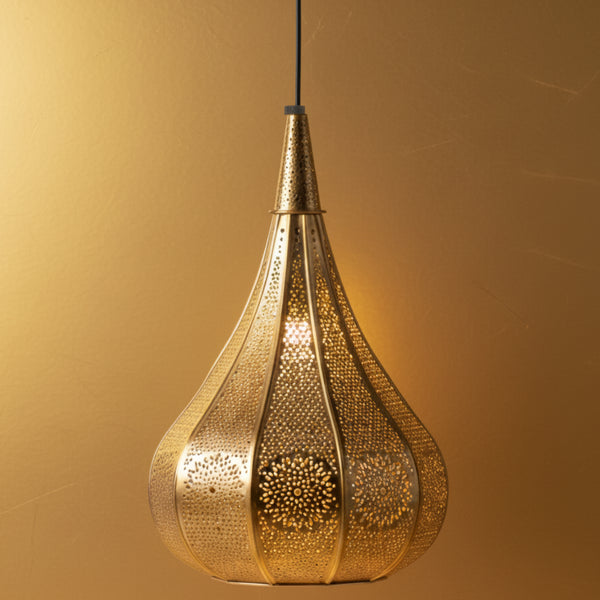Wool vs. Synthetic: What Makes Wool Rugs the Better Choice for Sustainable Living?
Posted by AADIL KHAN
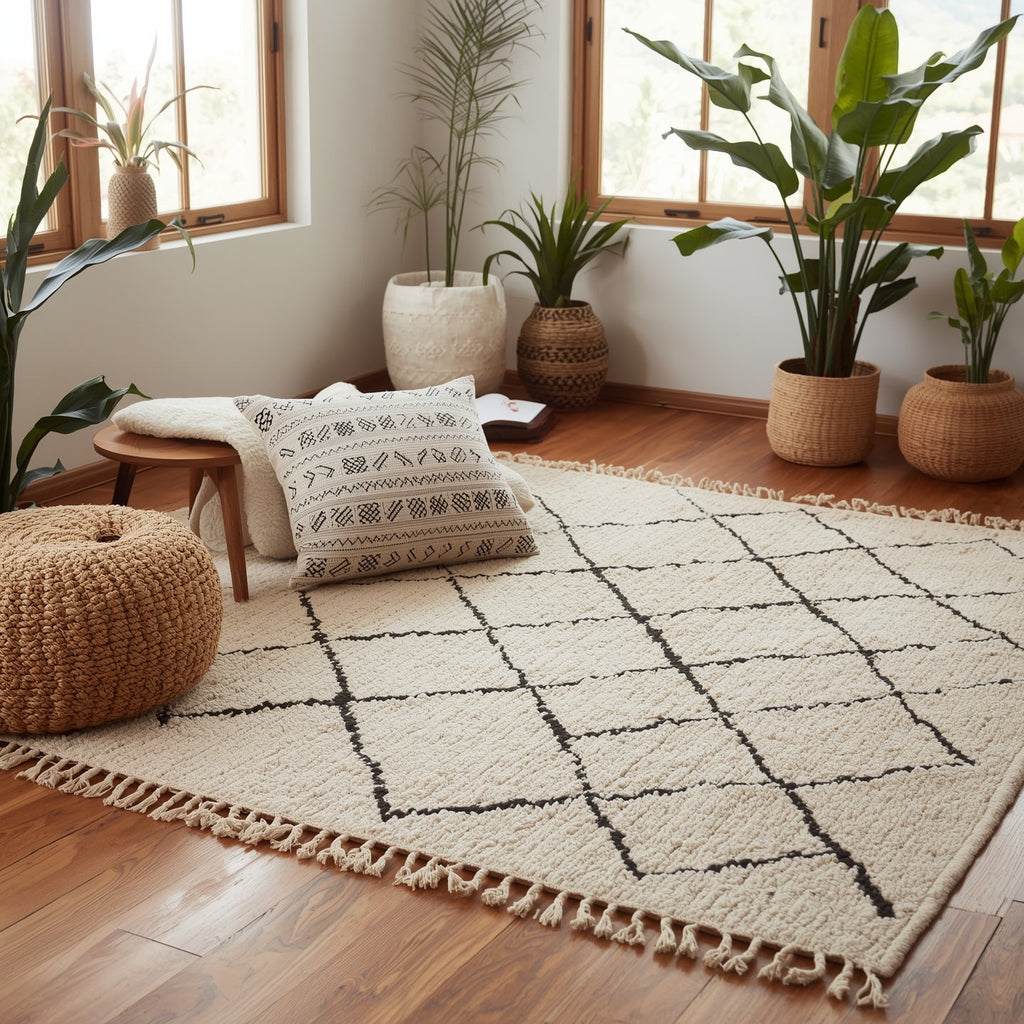
As sustainability becomes more than a trend and transforms into a lifestyle, homeowners and designers are rethinking every element of home decor—right down to what’s underfoot. Rugs aren’t just style statements; they play a role in air quality, durability, and environmental impact. In the face-off between wool rugs and synthetic alternatives, it’s clear which material stands the test of both time and conscience.
This guide will help you understand why wool rugs are the superior choice for eco-conscious living. We'll break down materials, health benefits, longevity, and aesthetics—including why designs like Moroccan area rugs and the ever-popular boho style area rug are not only beautiful but deeply sustainable.
Why Wool Rugs Are the Eco-Friendly Choice for Your Home

Wool rugs are natural, renewable, and biodegradable—making them one of the most sustainable floor covering options available. Unlike synthetic rugs made from petroleum-based materials like nylon or polyester, wool is shorn from sheep seasonally and replenished without harming the animal. This low-impact lifecycle significantly reduces the carbon footprint of your decor.
Wool also acts as a natural air filter. Its fibers can trap dust, allergens, and volatile organic compounds (VOCs), improving indoor air quality. Over time, wool rug decompose naturally, whereas synthetic rugs often end up in landfills for decades.
From farm to floor, wool rugs support eco-friendly farming, artisanal weaving, and ethical consumerism—making them a clear choice for anyone looking to align home design with sustainability goals.
Among all wool rugs, Moroccan area rugs stand out for their history, symbolism, and sustainability. Traditionally handwoven by Berber artisans using locally sourced wool, these rugs are more than decorative pieces—they’re cultural artifacts that tell stories through pattern and texture.
What makes Moroccan area rug particularly sustainable is their production process. They are often dyed with natural pigments, woven by hand (no machines or emissions), and designed to last for generations. A single rug may take weeks to craft, but the result is a piece built to withstand everyday life.
These rugs bring warmth, global sophistication, and meaningful design into eco-forward homes. Their geometric motifs and neutral palettes allow them to adapt across many decor styles, from Scandinavian minimalism to maximalist boho.
How a Boho Style Area Rug Adds Warmth Without Waste

A boho style area rug blends aesthetic freedom with earthy grounding—ideal for those who want to create a laid-back, layered look without compromising their sustainability values.
The best boho style area rug designs are made from natural wool, organic cotton, or recycled fibers. When these materials are handwoven using traditional techniques, they result in lower emissions and a smaller ecological footprint than synthetic, machine-made rugs.
Style-wise, boho style area rugs often incorporate global patterns, fringe, and mixed textures. These elements help soften clean lines in modern spaces or enhance the rich tones of vintage interiors. They also play beautifully with other sustainable materials like jute, bamboo, and reclaimed wood.
Synthetic Rugs vs. Wool Rugs: A Breakdown of Materials and Impact
When comparing wool rugs to synthetic ones, the differences run deep. Most synthetic rugs are made from petroleum-derived materials that require intensive energy and chemical processing. While they may come at a lower price point, they often off-gas harmful VOCs and wear down quickly, leading to frequent replacement.
In contrast, wool rugs are made from one of the most naturally abundant resources: sheep's wool. They’re flame-resistant, naturally insulating, and require fewer chemical treatments. Wool also has the ability to self-regulate humidity by absorbing and releasing moisture.
Durability is another big differentiator. While synthetic rugs may flatten or fray within a few years, a well-maintained wool rug can last decades. That longevity reduces waste and replacement costs, making wool rugs more sustainable and more economical over time.
Longevity & Value: Why Wool Rugs Are a Smarter Investment
It’s easy to look at price tags and assume synthetic rugs are the better deal—but sustainability is about long-term thinking. Over time, wool rugs outperform synthetic ones in every category that matters: wear resistance, stain resilience, and aesthetic endurance.
A quality wool rug can maintain its look and structure for 20+ years. Wool naturally repels dirt, resists compression, and retains its color far better than plastic-based fibers. This means fewer replacements and less landfill waste.
Not to mention the resale value. Handwoven wool rugs often appreciate or retain value, especially those in classic or artisan styles like Moroccan area rugs. That makes them not just home decor, but investment pieces.
Cleaning, Maintenance, and Health: The Natural Benefits of Wool

Another major win for wool rugs? They’re low-maintenance and healthier for your home. Wool fibers are naturally resistant to dirt and stains due to the lanolin coating on each strand. Most spills can be cleaned with water and a mild detergent.
Unlike synthetic rugs, which can trap bacteria or emit toxins, wool rugs are antimicrobial and hypoallergenic. They help regulate temperature, insulate floors, and dampen sound—contributing to a more comfortable, serene environment.
For families with children or pets, this makes wool rugs a safer, smarter choice. And when properly cared for, they age gracefully, developing character rather than wear.
Choosing the Right Wool Rug for Your Sustainable Interior
When selecting a wool rug, think about both form and function. Is the space high-traffic? Then opt for low-pile designs that are easier to clean. Looking for something cozy and tactile? A plush boho style area rug layered under a reading chair adds instant comfort.
For timeless flair and authenticity, you can’t go wrong with Moroccan area rugs. Their handcrafted quality and geometric designs blend well with rustic, modern, and transitional interiors.
Mixing and matching textures and tones will help create a balanced space. Combine neutral wool rugs with reclaimed wood furniture, linen textiles, and ceramic accents for a clean, grounded aesthetic that celebrates sustainable living.
Conclusion: Choose Wool, Choose Well
In the debate of wool vs. synthetic, the verdict is clear: wool rugs offer superior sustainability, beauty, and performance. Whether you're styling with a boho style area rug or investing in a timeless Moroccan area rug, wool supports both the environment and your everyday lifestyle.
By choosing wool rugs, you're not just making a design decision—you're making a conscious choice to live well, waste less, and surround yourself with materials that matter.
